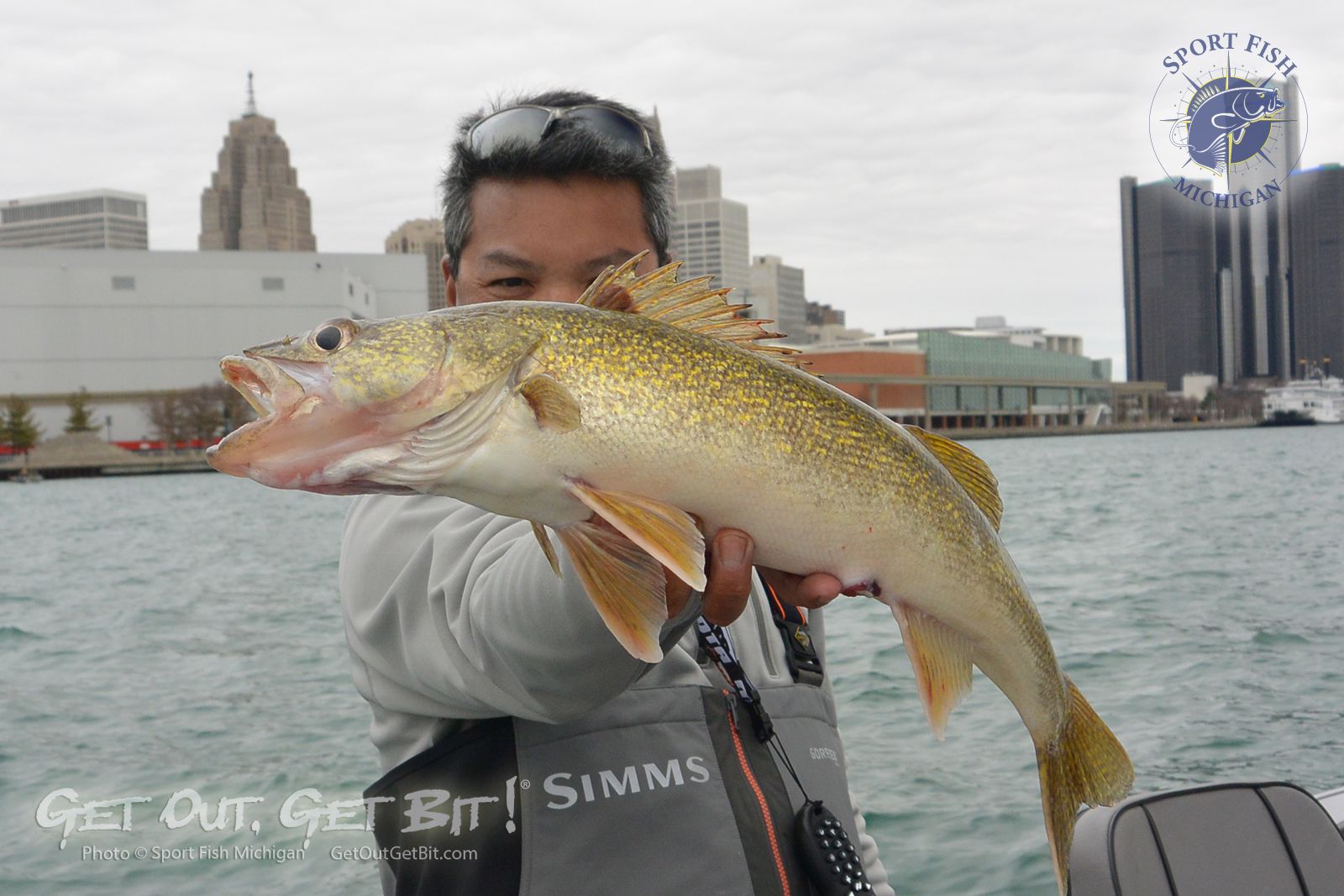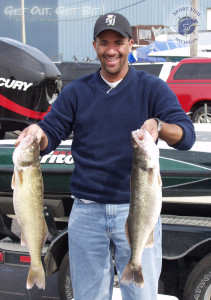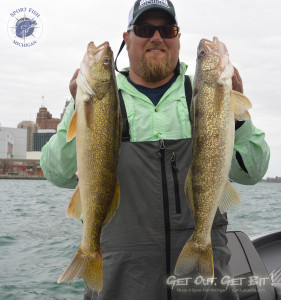Spring is here! With all the ice gradually melting, open water fishing on most inland lakes is in full swing and Grand Traverse Bay is open for some great fishing opportunities, as well. Listed below is brief description of what techniques and tips Sport Fish Michigan has to offer anglers when hitting the water over the course of the next month.
Inland lake fishing for perch has been very good, and this is an awesome time of year to take advantage of big fish and large schools. Most fish can be found feeding in 38-50 feet of water adjacent to steeper drop-offs and weed-covered flats. If you are lucky enough to find perch minnows at your local bait shop, this will help yield the best action when targeting perch. The fish tend to move this time of year as they are actively spawning and transitioning from deeper to shallower water. Make sure to use a Minn Kota Motors I-Pilot or back trolling technique, as using an anchor can spook the school, forcing them to move.
Grand Traverse Bay has been fishing very well this March and will only continue to heat up for several species. Lake trout and cisco fishing is incredible this time of year. Utilizing good, effective electronics, and successfully anchoring on top of large schools will bring the most success. This time of the year, jigging spoons and blade baits are key, fish are constantly moving, in search for alewife, gobies, and other baitfish in the warming water. 50-100 feet of water is a great place to start, this is usually a key area to find both species, however don’t be afraid to check shallower as the water warms, as most of the baitfish and insect life will be gathering around the warmer rocks and weed cover. And if all else fails, deep waters of 150 feet or even more will almost always hold fish. These deeper fish may not be the actively feeding fish that cruise the shallower waters, but can often be tempted with a good jig.
Traverse City, Frankfort, Leland, and Manistee offer some excellent shallow water trolling opportunities on Lake Michigan for brown trout, steelhead, and even the occasional lake trout. Anglers will have great success trolling body baits on in-line planer boards in 8-15 feet of water. Locating stained water areas and gradual temperature breaks will help pinpoint where feeding fish are located. Browns tend to congregate in the water that has the least amount of visibility and the warmest temperature. Don’t be afraid to fish very close to the shoreline, the inside trough can be very productive this time of year!
Good luck and see you on the water!









